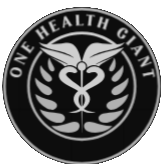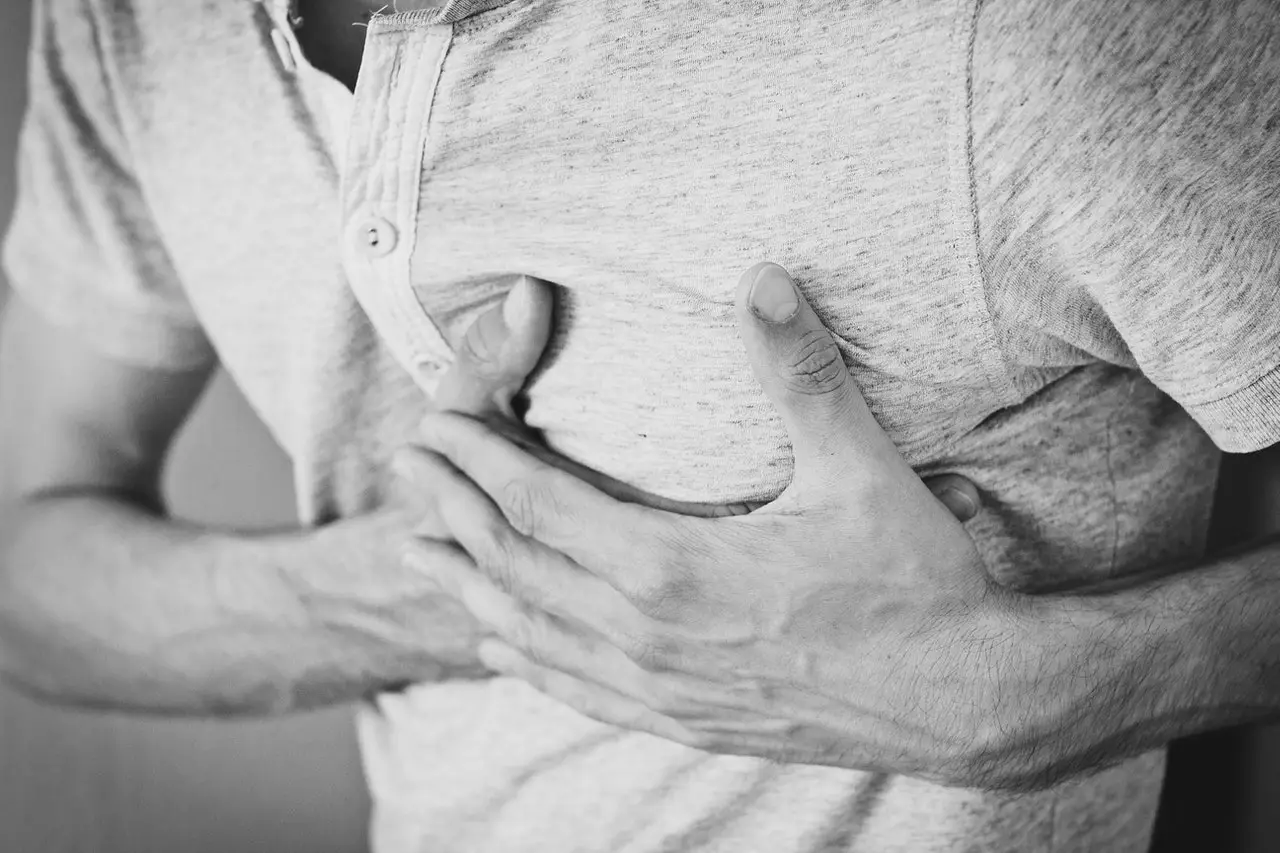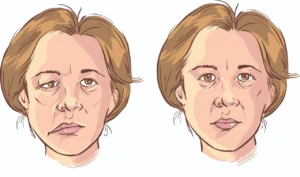A heart attack occurs when blood flow to the heart is blocked. The blockage is usually caused by the buildup of fat, cholesterol, and other substances that form plaque in the coronary arteries that feed the heart. According to cardiology specialists, leading a healthy lifestyle and regular medical check-ups could prevent a heart attack at an older age.
“Most people associate heart attacks with men; however, this and other types of cardiovascular diseases are the main cause of death among women and men worldwide,” says Carlos Cano, Pfizer’s medical manager for Central America and the Caribbean (CAC).
Heart disease, a disease caused by the narrowing of the small blood vessels that supply blood and oxygen to the heart, has been the leading cause of death worldwide for the past 20 years, according to the World Health Organization. The number of deaths due to heart disease has increased by more than 2 million people since 2000, reaching almost 9 million people in 2019.
According to the National Heart, Lung, and Blood Institute (NIH), heart attacks occur as a result of coronary artery disease (a type of heart disease that develops when the heart’s arteries are unable to supply enough oxygen-rich blood to the heart). The arteries fail to function properly because a material called “plaque” builds up inside the arteries, resulting in a condition called “atherosclerosis.” Plaque builds up over the years.
Over time, an area of plaque can break off inside an artery, causing a blood clot to form on the surface of the plaque. If the clot grows large enough, it can block most or all of the blood flow through the artery. When the blockage is not treated quickly, the part of the heart muscle supplied by the artery begins to die.
Another cause of a heart attack is when a blood clot blocks an artery narrowed by plaque. The clot can originate elsewhere in the body and be carried by the bloodstream to the narrowed artery, according to the Texas Heart Institute website.
Coronary artery spasm, which is a contraction that temporarily narrows the coronary artery, can also cause a heart attack. This narrowing impairs or interrupts blood flow to certain parts of the heart muscle and can occur in arteries that have plaque buildup or those that do not.
Risk factors
“Suffering a heart attack is the tip of the iceberg. In other words, it is the end of a series of events that occur in our body, but which we do not see and have not paid attention to, for example, hypertension, diabetes mellitus, obesity, high cholesterol, and triglycerides, among other factors,” says Iris Rodríguez, cardiologist, former president of the Guatemalan Cardiology Association and current vice president of the Inter-American Society of Cardiology of Central America and the Caribbean, Fellow of the American College of Cardiology (ACC).
The main risk factors for a heart attack can be controlled, as they are related to the healthy habits we have in our daily routine. For example, having high blood pressure and cholesterol, being overweight and obese, lack of physical activity, poor sleep habits and quality rest, high blood sugar due to insulin resistance or diabetes, as well as having the habit of smoking.
Obesity, high blood pressure, and high blood sugar often occur together, which is known as metabolic syndrome.

“These factors can be modified through good habits and a better lifestyle, such as having better control over our weight, reducing the consumption of saturated fats and refined sugars, increasing physical activity, and avoiding tobacco use,” says cardiologist Iris Rodríguez.
Other factors cannot be controlled, such as a family history of premature heart disease and preeclampsia in pregnant women. Age is also important. Specifically, men have a higher risk of suffering a heart attack or other cardiovascular disease after the age of 45, while women are more likely to do so after the age of 55 because less estrogen is produced after menopause.
Women may be at higher risk of developing coronary heart disease if they have endometriosis, gestational diabetes, early menopause, preeclampsia, and polycystic ovary syndrome.
Heart attacks can also be associated with heart failure and arrhythmias. The former is a condition in which the heart does not pump enough blood to support the body’s needs, while arrhythmias are irregular heartbeats.
When to go to the doctor?
Not all people who suffer heart attacks have the same symptoms or have symptoms of the same severity. That is why it is important to know how to identify the first signs of a heart attack, since this way you can save your life and limit the damage that will be suffered by the heart.
Symptoms include:
- Chest discomfort or pain: This is a feeling of pressure that causes discomfort, tightness, a feeling of fullness, or pain in the center or left side of the chest, which may be mild or severe. This discomfort lasts more than a few minutes or goes away and comes back again.
- Upper body discomfort: This can be in one or both arms, the back, neck, jaw, or upper stomach.
- Shortness of breath that may occur with or before chest discomfort.
- Nausea, vomiting, mild lightheadedness or sudden dizziness, and cold sweat.
Angina-type pain, which begins with exertion, usually occurs in the center or left side of the chest, intermittently or for a few minutes, and may spread to the arm, shoulder, back, or neck. However, sometimes the pain can also feel like an upset stomach (heartburn), a burning sensation in the upper abdomen, or indigestion, causing people to ignore these symptoms and end up having a heart attack.
“Many patients before suffering a heart attack remember having had chest pain months before that they noticed when exercising and that when they stopped doing the activity the pain subsided. This information is important because when the symptom appears the most important thing is to consult a doctor,” says cardiologist Iris Rodríguez.
If you think you may be having a heart attack, it is advisable to call a doctor immediately, as prompt treatment can save your life.
Once the diagnosis is confirmed – through an electrocardiogram, blood tests, or coronary angiography – the patient must begin treatment to restore blood flow to the heart muscle, normalize the pulse, and facilitate the heart’s recovery. “Depending on the case, the person could receive a thrombolytic drug or undergo coronary angioplasty, as well as the placement of a stent or a bypass. It has been proven that thrombolytic drugs increase survival rates in people who have suffered a heart attack when administered as soon as possible after the infarction,” said Cano.
Prevent a heart attack
Reducing risk factors for cardiovascular disease can help prevent a heart attack. Even if you already have coronary heart disease, it is vital to take steps to prevent a heart attack.

These actions mostly include heart-healthy lifestyle changes, such as eating a healthy, varied, and balanced diet, doing at least 30 minutes of physical activity a day, quitting smoking, managing stress, and maintaining a healthy weight.
It is also important to monitor health problems that increase the likelihood of a heart attack, such as diabetes, cholesterol, and high blood pressure. Visiting a specialist and following the prescribed treatment will help you avoid a heart attack, as will getting regular medical care. Regular medical check-ups will let you know if you have any disease that can cause heart damage and can be treated in time.























+ There are no comments
Add yours